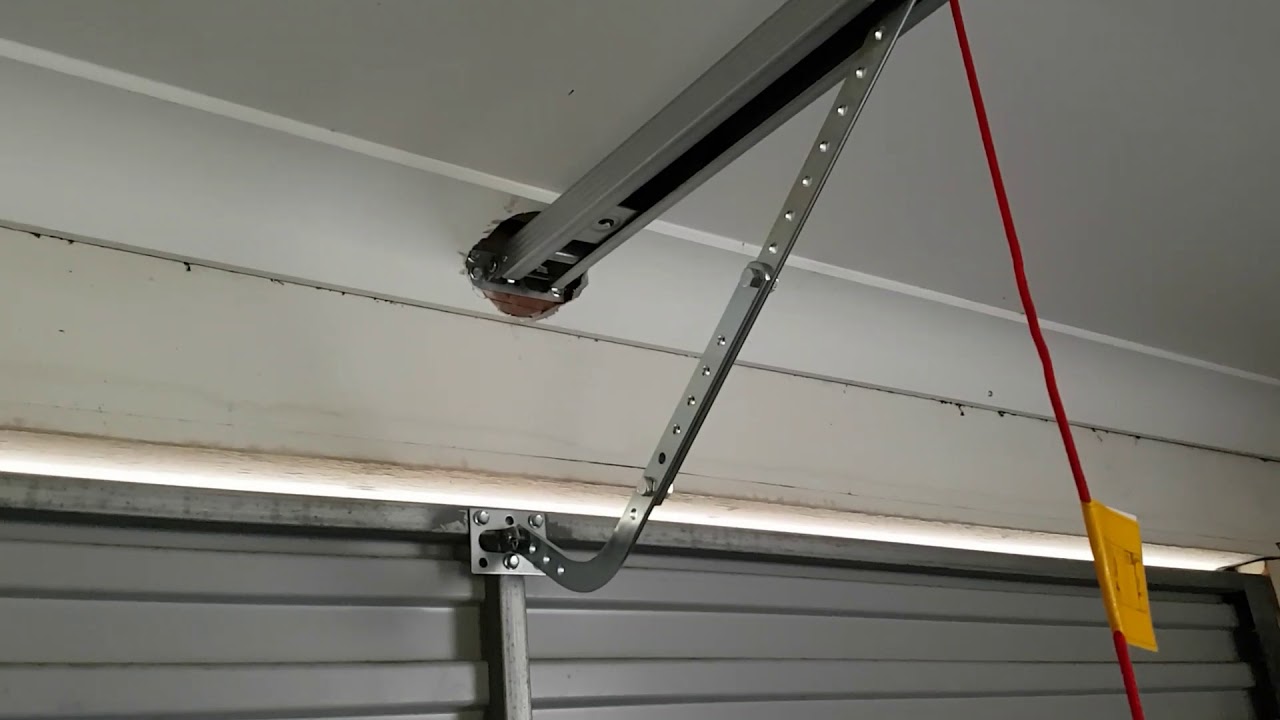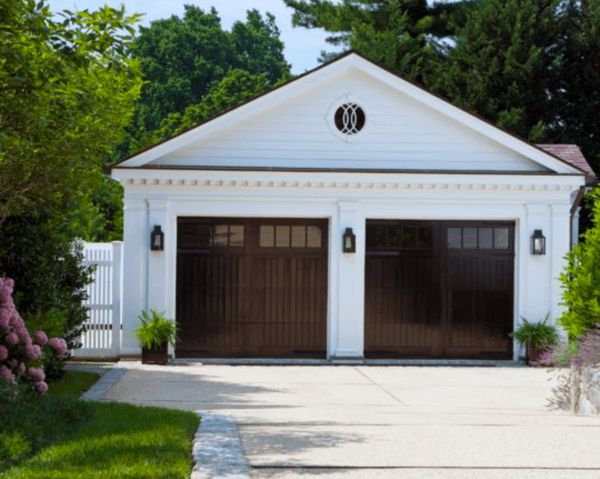
Workshop shelving is a system for organizing tools, equipment, supplies, and other products. This is an important part of any business's ability to operate efficiently and properly. It can also be crucial for the success of any commercial or industrial operation.
Metal Workshop Shelving
If you are looking for durable and reliable metal shelving, then metal shelves can be a great choice. They are available in a variety of styles including wire and panel models and are frequently used in warehouses and distribution centers.
Garage Tool Shelving
A tool shelving is a type specialized in the storage of heavy, large tools and equipment. These units are designed to provide maximum strength and durability for storing drill presses, saws, hammers, and other heavy items.
These units are also available in a variety of sizes and configurations, so that they can be customized to fit any work area or project. This is important to workers who need quick access.

The main benefit of these shelves is their ability to provide the user with maximum visibility of the items they are working with, which helps them to complete projects in less time. This is especially helpful in a workshop, where tools can easily become lost in a large workspace.
Garage Wire Shelving
When it comes to shelving, wire is a very popular material that's often used in industrial and commercial settings. These shelves are often made from small metal rods which are welded together. This system is stronger and more durable than many other types of metal shelving but can be more expensive.
Wire shelves can also be difficult to design and might not be the best choice if you have smaller or more portable items.
Garage Storage with Industrial Shelving
If you are a serious DIYer and/or a professional tradesman you will likely have many tools and equipment you need to store within your garage. This is a great method to maximize your garage's functionality and save floor space.
Industrial shelving can be used to stock wholesalers or libraries. It is also a great option for garages where you need to organize many items, such as small parts or tools.

It doesn’t matter if these shelves are used in your garage or warehouse. Some units are adjustable, which means they can easily expand or contract depending on your inventory levels.
To find the right shelving for your space, it is important to evaluate your storage requirements and consult a professional to help you find the best solution. You'll want to take into account the size of your equipment, your budget and the style of your workspace to find the ideal shelving for you.
FAQ
What should I do about my cabinets?
It all depends on whether you are considering renting out your home or selling it. If you are planning on selling, you might want to take out and refinish the cabinets. This gives buyers an impression of brand new cabinets, and it helps them imagine their kitchens after they move in.
But if your goal is to rent your house you will need to remove the cabinets. Tenants often complain about having to clean up dishes and fingerprints from previous tenants.
You could also paint the cabinets to give them a fresh look. Make sure to use high-quality primers and paints. Low-quality paints are susceptible to fading over time.
What are some of the largest costs associated with remodeling your kitchen?
There are a few important costs to consider when renovating a kitchen. These include demolition, design fees, permits, materials, contractors, etc. Although these costs may seem relatively small, if you take them all together, they can quickly add up. However, when you add them together, they quickly become quite large.
The most expensive cost is probably the demolition. This includes the removal of old cabinets, countertops, flooring, and appliances. The insulation and drywall must be removed. Finally, replace the items.
The next step is to hire an architect to design the space. The permits will be required to ensure the project complies with building codes. Next, you will need to hire someone to actually build the project.
Once the job has been finished, you need to pay the contractor. All told, you could spend anywhere between $20,000 and $50,000 depending on how big the job is. Before hiring a contractor, it is vital to get estimates from multiple people.
These costs can be avoided if you plan. You might get better deals on materials and even save some time. It is possible to save money and time by knowing what to do.
For example, many people try to install their cabinets. Because they don't have professional installation fees, this is a way to save money. Problem is, they often spend more time trying to place the cabinets themselves. The time it takes to complete a job can be completed by professionals in half the time.
You can save money by buying unfinished materials. You should wait until all of the pieces have been assembled before you buy pre-finished items like cabinets. By buying unfinished materials, you can start using them right away. And you can always decide to change your mind later if something does not go according to plan.
Sometimes it is not worth the hassle. Remember: the best way to save money on any home improvement project is to plan.
What is the difference in a remodel and a renovaton?
A remodel is a major change to a room or part of a room. A renovation involves minor changes to a specific room or part of it. For example, a bathroom remodel is a major project, while adding a sink faucet is a minor project.
Remodeling entails the replacement of an entire room, or a portion thereof. A renovation involves only changing a portion of a room. A kitchen remodel might include the replacement of countertops, sinks as well as appliances, lighting, and other accessories. An update to a kitchen could involve painting the walls or installing a new light fixture.
What are the main components of a full kitchen renovation?
A full kitchen remodels more than just a new sink and faucet. You can also get cabinets, countertops or appliances, as well as flooring and plumbing fixtures.
A full kitchen remodel allows homeowners to update their kitchens without having to do any major construction. This means that no demolition is required, making the project easier for both the homeowner and the contractor.
A kitchen renovation can include a variety of services such as plumbing, HVAC, painting, drywall installation, and electrical. Depending on the extent of the kitchen remodel, multiple contractors may be required.
A team of professionals is the best way to ensure that a kitchen remodel runs smoothly. There are often many moving parts in a kitchen remodel, so small problems can cause delays. DIY projects can cause delays so make sure you have a backup plan.
How can I tell if my house needs a renovation or a remodel?
First, you should look at whether your home has been updated recently. A renovation may be a good idea if there have been no updates for several years. On the other hand, if your home looks brand-new, then you may want to think about a remodel.
The second thing you should check is whether your home is in good condition. If there are holes in the drywall, peeling wallpaper, or broken tiles, it's likely time for a renovation. If your home is in good condition, it might be worth considering a remodel.
Also, consider the general condition of your property. Is it structurally sound? Are the rooms clean? Are the floors in good condition? These questions are critical when deciding what type of renovation you should do.
What is the cost of remodeling a kitchen or bathroom?
Remodeling a kitchen or bathroom is a costly undertaking. However, when you consider how much money you pay each month for energy bills, upgrading your home might make more sense.
You could save thousands each year by making a small upgrade. Simple changes such as insulation in ceilings and walls can help reduce cooling and heating costs by up to 30%. Even a simple addition can increase comfort and reduce resale costs.
It is essential to remember that renovations should be done with durable, easy-to-maintain materials. The durability and ease of maintenance that porcelain tile and stainless steel appliances offer over vinyl and laminate countertops is why solid wood flooring and porcelain tile are so much better.
You might find that upgrading to newer fixtures can cut down on utility costs. Low-flow faucets and showerheads can reduce water consumption by as much as 50%. Compact fluorescent bulbs can be replaced with inefficient lighting to reduce electricity consumption by as much as 75 percent.
Statistics
- 55%Universal average cost: $38,813Additional home value: $22,475Return on investment: 58%Mid-range average cost: $24,424Additional home value: $14,671Return on investment: (rocketmortgage.com)
- According to a survey of renovations in the top 50 U.S. metro cities by Houzz, people spend $15,000 on average per renovation project. (rocketmortgage.com)
- 57%Low-end average cost: $26,214Additional home value: $18,927Return on investment: (rocketmortgage.com)
- 5%Roof2 – 4%Standard Bedroom1 – 3% (rocketmortgage.com)
- Windows 3 – 4% Patio or backyard 2 – 5% (rocketmortgage.com)
External Links
How To
How to Remove Tile Grout From Floor Tiles
Most people don’t realize they use tile grouting. It is used to seal the joints between the tiles. Many different types of grout are available today, each using a specific purpose. Here we will show you how to remove tile grout from floor tiles.
-
Before you begin this process, it is important to make sure you have all of the necessary tools. You will need a grout cutter and grout scraper.
-
Now, you will need to remove any dirt or debris from under the tile. The grout cutter can be used to cut the grout and remove any loose tiles. You must be careful not to scratch any tiles.
-
Once you have cleaned everything up, take the grout scraper and use it to clean off any remaining grout. Step 4 can be completed if you have no grout.
-
After all the cleaning is done, it's time to move on. One of the rags can be used to soak in water. Make sure the rag is fully wet. Make sure the rag is completely dry after it has gotten wet.
-
Place the wet paper towel at the joint of the tile and wall. The grout will begin to crumble if you press down hard on the rag. Slowly pull the rag toward you, and keep pulling back and forth until all of the grout is gone.
-
Continue repeating steps 4 through 5 until all grout is removed. Rinse the ragout. Repeat the process if necessary.
-
After you have removed all grout, rub the tiles with a damp towel. Allow to dry completely.